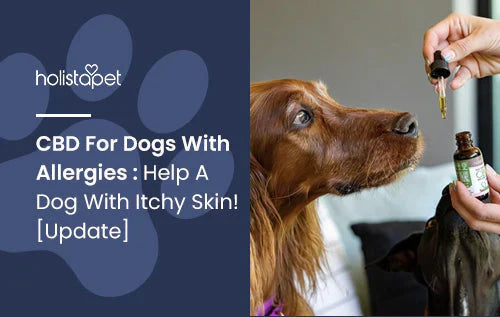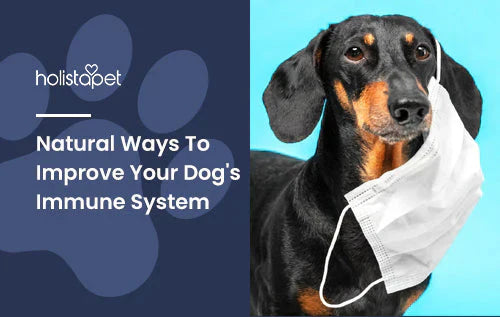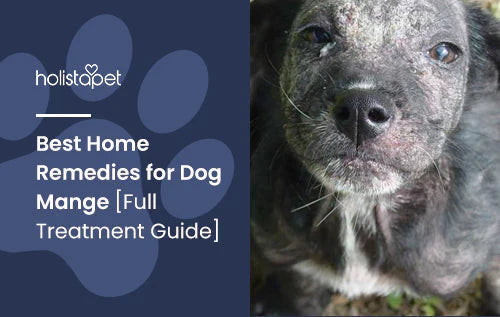Your dog’s health is paramount not only for its comfortable living but also for the safety and healthy living of the owner. Your Dog’s Itchy Paws can first look like a simple skin irritation issue but if left untreated may lead to secondary bacterial or yeast infections along with more severe irritation and even bleeding. If your dog is constantly licking or chewing on its paws it is time to seek medical attention. Understanding why the paws are so itchy can be challenging. A veterinary professional should be involved in helping to determine the root cause.
The physiology of itching paws is determined by the causative agent. For itching resulting from bacteria, pollen or yeast overgrowth, it is normally due to inflammation from allergies that causes the paws to swell (see our blog on allergic skin disease). Swollen paws can be a discomfort for dogs to the point where walking may be a challenge. Itchy paws may drive the dog crazy to the point of making an entire area wetted from licking excessively.

Causes Of Dog’s Itchy Paws
As a dog owner, you can’t take any treatment interventions until you determine what is causing the Dog’s Itchy Paws. Many accurate diagnoses can be made by a veterinarian.
- Atopic dermatitis (environmental allergies)
This is the most common cause of your dog’s itchy paws. When a dog’s immune system responds too aggressively to allergens either inhaled or passed through the skin the body starts to fight these allergens. The paws get inflamed and they start to swell making the dog feel the pain. The skin on the paws is a very tender and sensitive area. When your dog continues to rub the paws, the skin on the paws could get injured, or an infection might set in.
Bacterial and yeast infections are commonly seen as secondary to the underlying skin disease (most commonly allergies). These organisms normally reside on the surface of the skin (commensal organisms) just like they do in the mouth and GI tract of all animals. The allergies weaken the skin’s immune function and allow entry through the skin thus leaving the dog more susceptible to these secondary bacterial or yeast infections. Thankfully, these infections remain localized to the skin.
Symptoms Of Allergies On Dog’s Paws
You don’t need to be a microbiologist to see signs of allergies and inflammation on your dog, just a close observation is enough to make you know your dog is inflamed. However, microscopic evaluation from your veterinarian is the only way to tell if bacteria or yeast have set up shop. Just because your dog is irritated on the paws doesn’t mean the other parts are not inflamed as well. Carefully check the eyes, nose, and skin.
- Red Spots on the Paws
Red spots are due to inflammation as more fluid is being produced on the infected area. These red spots are more pronounced when the dog licks its paws on the surfaces as it tries to alleviate itself from the pain/itch. The hair on the paws can actually break beneath the surface creating a nasty foreign body-type response much like splinters. This can dry a dog to lick/chew even more and requires medical attention.
- Red Eyes
A common sign that your dog has atopic dermatitis is red watery eyes. Inflammation can occur not only on the skin and paw surfaces but also the eyes just like people with allergies.
- Discharge From the Eyes and Nose
Discharge from the eyes or nose that has a watery consistency. This can be more associated with allergies. If the discharge has a pus-like consistency or is more mucus-like, this may indicate infection and a consultation with a veterinary professional is advised.
Natural Remedies For Your Dog’s Itchy Paws
-
Clean Your Dog’s Paws With Vinegar
Vinegar is one of the best home remedies for allergies that people can use on their dogs. Apply a small amount of vinegar to your dog’s paws and clean it. Vinegar is acidic and it will kill bacteria, yeast, and other forms of infection. Clean it regularly to ensure that you reduce the number of bacteria always. Using apple cider vinegar diluted with distilled water (1 part vinegar to 9 parts water) makes a good antimicrobial solution.
-
Feed Your Dog All Natural Foods
Natural and/or organic dog foods are a great way to avoid artificial products and bi-products commonly used in commercial pet diets. Feeding a home-prepared diet can make a difference in the overall health of your dog along with keeping the skin and coat healthy. Ensure the meal is complete and balanced if you wish to make your own dog food!
-
Bathing Your Dog Regularly
Regular bathing can lower the number of bacteria and yeast on the skin/paws along with providing a soothing effect. Your dog might also have dandruff problem. There are many medicated and non-medicated products available for pets. It is ideal to first understand what the underlying problem is prior to instituting a bathing protocol and speaking with your veterinarian first is best. There are some great over-the-counter, soap-free shampoos you may consider (e.g. HyLyt shampoo). You can also try CBD Dog Shampoo from Holistapet.

The Use Of CBD For Itchy Paws
CBD can be used in many home remedies for dogs. CBD has been known to have a soothing effect when applied topically, which makes it great for allergies. You can help soothe your dog's itchy paws with our CBD oil for dogs. Dab a small amount of the oil on your dog’s paws with a clean cloth. This should help ease the sensation. CBD oil contains Omega-3 and Omega-6 amino acids, which are ideal for dry skin.
Above all, the most important thing is to ensure that you improve the hygiene of your dog. You need to clean your dog regularly. This is to prevent the accumulation of dirtiness on the paws. Dogs play on the dirt which is why you should monitor where dog normally plays to prevent it from being infected by bacteria. Try this for more info.







![Probiotics For Dogs [Soft Chews] - HolistaPet](http://www.holistapet.com/cdn/shop/files/Probiotic-Infographic-1_472d7a29-e30c-435a-9638-1365d8c3a9f9.jpg?v=1725384841&width=104)



























Leave a comment
All comments are moderated before being published.
This site is protected by hCaptcha and the hCaptcha Privacy Policy and Terms of Service apply.